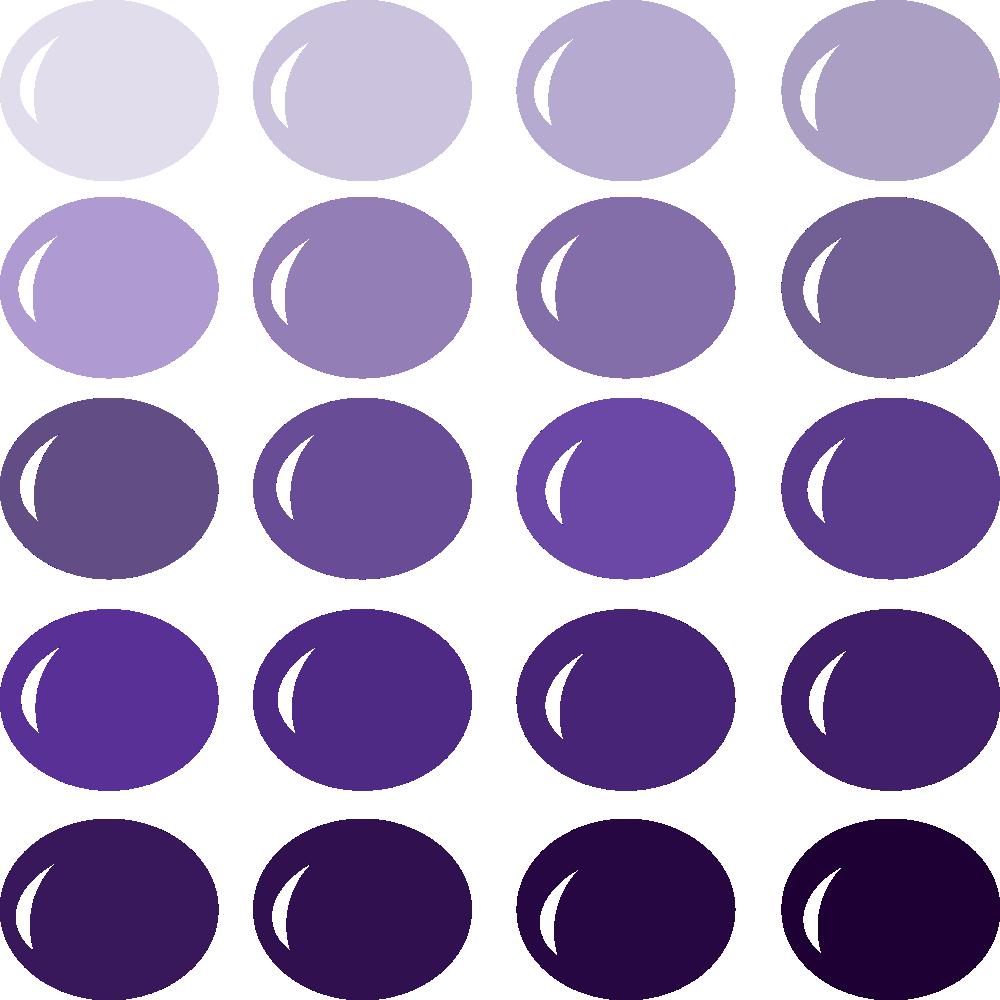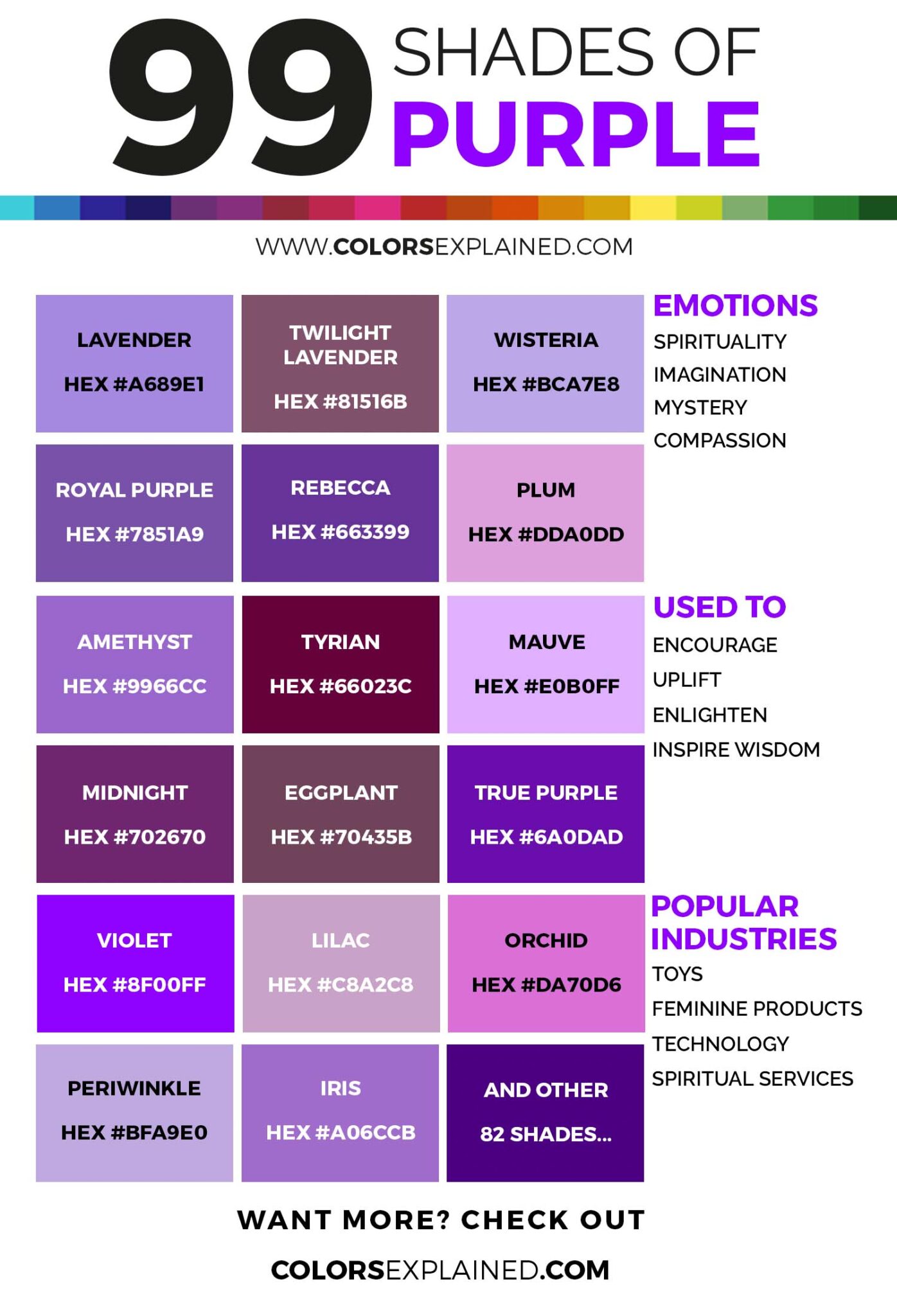

Shades of purple install#
Paste the command ext install shades-of-purple.Launch Quick Open using Cmd+P - or - Ctrl+P.🌟 Rate five-stars like 110+ awesome devs to appreciate the effort behind this theme.Code/File > Preferences > Color Theme > Shades of Purple.
Shades of purple code#
Open the extensions sidebar on Visual Studio Code.Shhh this video is part of VSCode.pro course →
Shades of purple how to#
Learn how to install it and a little bit about it's features like markdown editing - which's quite pretty awesome with SOP. If we’ve inspired you to get creative you can find our handy paint supplies here, including acrylic paints, oil paints, watercolour paints and gouache paints.Watch the following video on YouTube to find out more about Shades of Purple theme.

There you have it, we hope you’ve learnt a thing or two on what colours make purple paint and a few extra little hints and info along the way. The only restriction when it comes to mixing your own purple hues and constructing colour combinations is your creativity and desire to experiment! Purple is an excellent supporting colour that can help the other colours in a painting stand out. Not only can you create lovely purple landscapes, but you can also combine purple with a variety of other hues. Purple is a fantastic colour to use in your artwork. Image Tips for Using Different Shades of Purple in Your Painting Understanding this may come handy for when you want to use different shades of purple for different elements in your artwork, for example, a lilac flower may look great in the garden or an eggplant purple may look great as a hair colour. A fun way is to experiment with the different possibilities and shades to help you understand how to achieve different purples. By adding more blue than red to your purple you can achieve a violet, for example, whereas adding more red to your purple you can achieve a sangria or mulberry colour. If you wish to change the shade of purple, you can add more red or more blue. It’s important to add small amounts of white or black paint at a time to get the right colour you desire. To lighten your purple, you can add some white, which would lead you to create a tint similar to lilac, while, adding black will help darken your purple. You can achieve several muted shades of purple by combining different shades of purple with different shades of yellow. Muted colours are made by using the colour at hand (in this case, purple) and mixing it with its complementary colour (in this case the complementary colour to purple is yellow). Muted purples can be used to highlight a painting just as well as bright colours. In some works, you don't need a particularly vibrant purple colour - a muted shade may work better. The opposite of bright colours are muted colours. Keep in mind that if you want your purple shade to be more red, begin with a little bit and gradually add more in until you are satisfied. You should utilize the same red that you used in your purple base, and it should be cooler otherwise, your purple will get muddy. The best way to make a warmer purple is to add a little more red. A tiny amount of paint may drastically alter the colour, and if you put in too much blue all at once, you'll have to add more red to get it back to your ideal hue. It's also a good idea to only add a little bit of blue at a time to your purple. It should be a warm blue, or your purple hue will become muddy. It's usually a good idea to utilize the same blue you employed in the first place when making a new purple colour.
The most crucial thing to remember if you do go down this route is which blue to select. To cool down your purple hue, use more blue.

For instance, when more red is added to your purple, it will become redder when more blue is added, it will become bluer. The colour of your hue will be determined by the amount of blue and red you add to it. Mixing blue and red together makes purple.


 0 kommentar(er)
0 kommentar(er)
